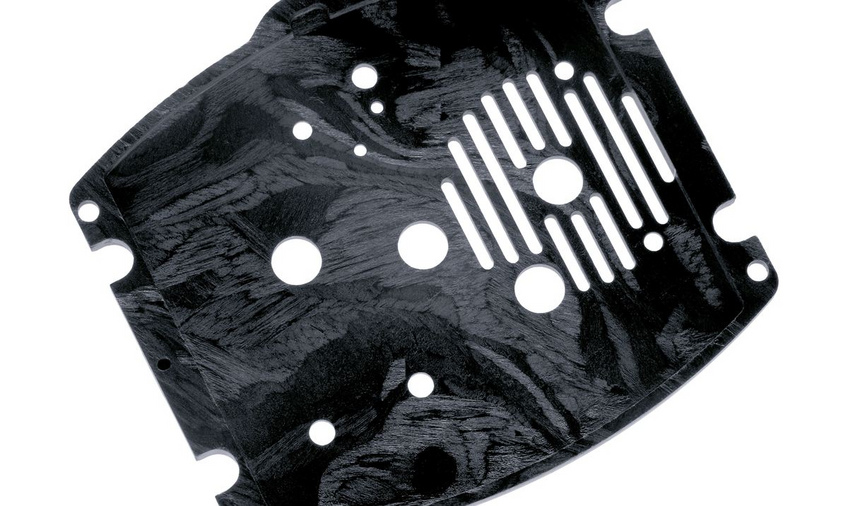

Technical watchmaking: time for light materials - Part 1
Watchmaking evolves according to changes in technologies and to public taste. Throughout the years, it has progressed in terms of wear by reducing the thickness of watches and making them lighter and lighter. This is the genesis of light time in thinness mode.
Like a legacy from the past, wristwatches have long been considered as quality products when they gave the amateur the feeling that they held something with value for money in their hand. However, it is the way of the world to question the firmly established certainties.
Only some ten years back, a watch had to meet minimum weight criteria to be recognized as a valuable object. Obviously, journalists did not come with a small set of scales to weigh the watches. Rather, they’d hold them in their hands to get as accurate an idea as possible. At the time, watches had to be value for money and even if the majority of watches were smaller than today, they were most often heavier and thicker.
History repeats itself
In short, the idea of making wristwatches lighter is not new. It seems to have appeared in the late 1960s, that is, not long before the production of electronic instruments that would cause an upheaval in watchmaking and impose important sacrifices to mechanical watches that were more competitive than functional. In 1971, Tissot released the Idea 2001 – an amazing timepiece even for that time – driven by a translucent plastic caliber with colored gear trains named Astrolon but also known by the acronym Sytal (“Système Total d’Autolubrification”). This astonishing heart is rare to find in collections today and studied the important problematic double-header of weight and cost of production.
Another entity studied the question of size and consequently that of thickness: the maison Jean Lassale. From 1976 to 1979, it had to revolutionize the construction process of the movement of a mechanical watch (single-body and ball-bearing trains) and thus meet the minimum required weight. However, history is inexorable in the sense that it is blind and that all mechanical experiments such as innovating developments underway at the time were swept aside by the quartz crisis, which reached a peak in the late 1970s.
It was only in the first years of the third millennium that traditional watchmaking started going back to making lighter watches. Richard Mille – a visionary and a fan of racing cars – had just founded his eponymous brand and wanted to apply automobile touches to watchmaking. As it is, by using futuristic manufacturing techniques, he went beyond the traditional codes of watchmaking to attract a clientele tired of mechanical watches. He therefore needed to strike hard to achieve his objectives. It was not only a question of skeletonizing or making apertures in movements to save some grams and give the expert eye the opportunity to have a whole view of the mechanism. Neither was it a question of working with light materials such as titanium, aluminum, or forged carbon. Engineers had to go beyond known methods and use more exotic materials in order to go under the usual 50 grams without damaging the robustness and functionality of the timepiece.

Light communication
Richard Mille was aware of the stakes involved in communication – a field that still needs some work in watchmaking. As a keen tactician and a skilled communicator, he released the RM 006 in 2004, a watch of considerable size, which only weighted 42 grams.
This tourbillon, equipped with the first titanium plate, started the gram war. In 2005, the same maisonreleased the RM 009, a model in Alusic whose watch head attained the record weight of 28 grams for a tourbillon. In 2009, they released the RM007 Titalyt® and in 2010, it was the RM027, specially made for the tennis champion Rafael Nadal. The creator made a difference with the last reference, which weighed only 20 grams including the strap. This reference weighed 10 grams less than the RM009 and almost two times less than the RM006.
After that, the master of futurism struck again and released the RM 27-01 last year. This is an ultra-light wonder whose caliber is mounted on a very modern cable. This ethereal caliber allows for overall weight reduction and effectively protects the vibration and shock components. Strictly speaking, this timepiece is not the lightest in history, but it is certainly the lightest short series (even very short series) tourbillon on the market when it comes to its mass/volume ratio.






